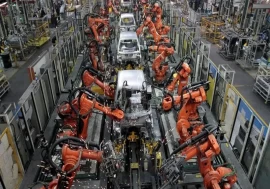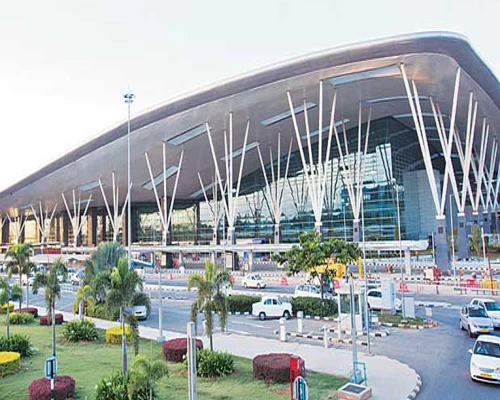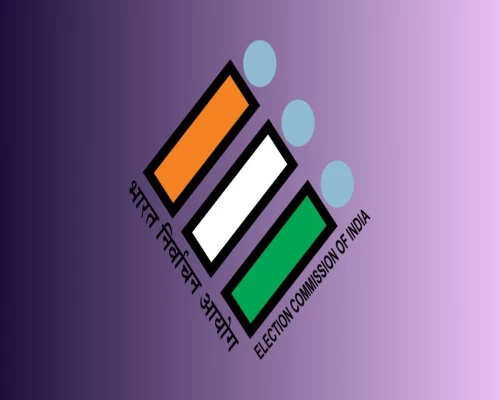
New Delhi: As India edges closer to becoming the world’s fourth-largest economy in the current financial year, a growing number of German companies are actively seeking Indian partners to develop and deliver advanced technologies in the manufacturing sector.
German firms are exploring collaborations to support Indian businesses in ramping up production capabilities in areas such as green energy, semiconductors, and pharmaceuticals. According to German industry leaders, India’s economic momentum, talent base, and export potential are key reasons behind this rising interest.
“India is an important market; it’s a growing market and has a huge amount of talent, and we are looking for talent because we are developing new technologies. We are the experts in the production field, and we are developing from the first sketch until the start of production. What we are doing here is we have invited our potential customers to this place (India),” said Rainer Wittich, CEO of EDAG Production Solutions GmbH & Co. KG.
“Many customers are going more and more into this activity. They want to build up the production areas more in the field of new technologies like green energy, electrolysers, semiconductors, and medicine pharma, and there we can help with our expertise,” he added.
The Indo-German Chamber of Commerce, along with the Indian subsidiary of the Germany-based EDAG Group, organised a business interaction in New Delhi to promote partnerships with Indian companies and engineers to help modernise the country’s industrial landscape.
Speaking at the event, Stefan Halusa, Director General at the Indo-German Chamber of Commerce, highlighted the strong response from Indian companies. “So we’re talking about smart factories, we’re talking about smart people, we’re talking about smart product development, and all of that contributes to the smart industry and for that we are getting very good responses because it gives a glimpse of what the industry could be like in a couple of years.”
He pointed to three main factors drawing German firms to India. “The first (factor) is the local market. The Indian economy is growing and it will continue to grow over the next couple of years. So if you look at growth around the world, India is one of the first and most important countries to look at. The second is scale. You look at India for export as well, to invest here also for exporting your goods and services, and the third one is the capabilities,” Halusa said.
He also noted the expanding role of India in global research and development. “A lot of global capability centres are here, so it becomes a hub for research and development and engineering, and this combination is unique, and this is why German companies are looking for growth around the world. This is why they come to India,” he added.
Halusa said German firms are keenly waiting for progress on the India-EU Free Trade Agreement. “Our companies, of course, tell us that they’re waiting for the FTA to be concluded because that could really be a game changer for German and European companies. Because India has already concluded trade agreements with a whole number of countries but not with Europe. So there is a risk for us to fall behind, and this is why it’s so important for the German and European industry that actually now comes to a conclusion.”
In FY 2023-24, trade between India and Germany stood at USD 26.10 billion. Indian exports amounted to USD 9.83 billion, while imports from Germany reached USD 16.27 billion. Germany ranked as India’s tenth largest export partner during April-October 2024.
Government-level discussions are ongoing between the two countries to push forward a Free Trade Agreement, along with agreements on investment protection and geographical indications.
BI Bureau













